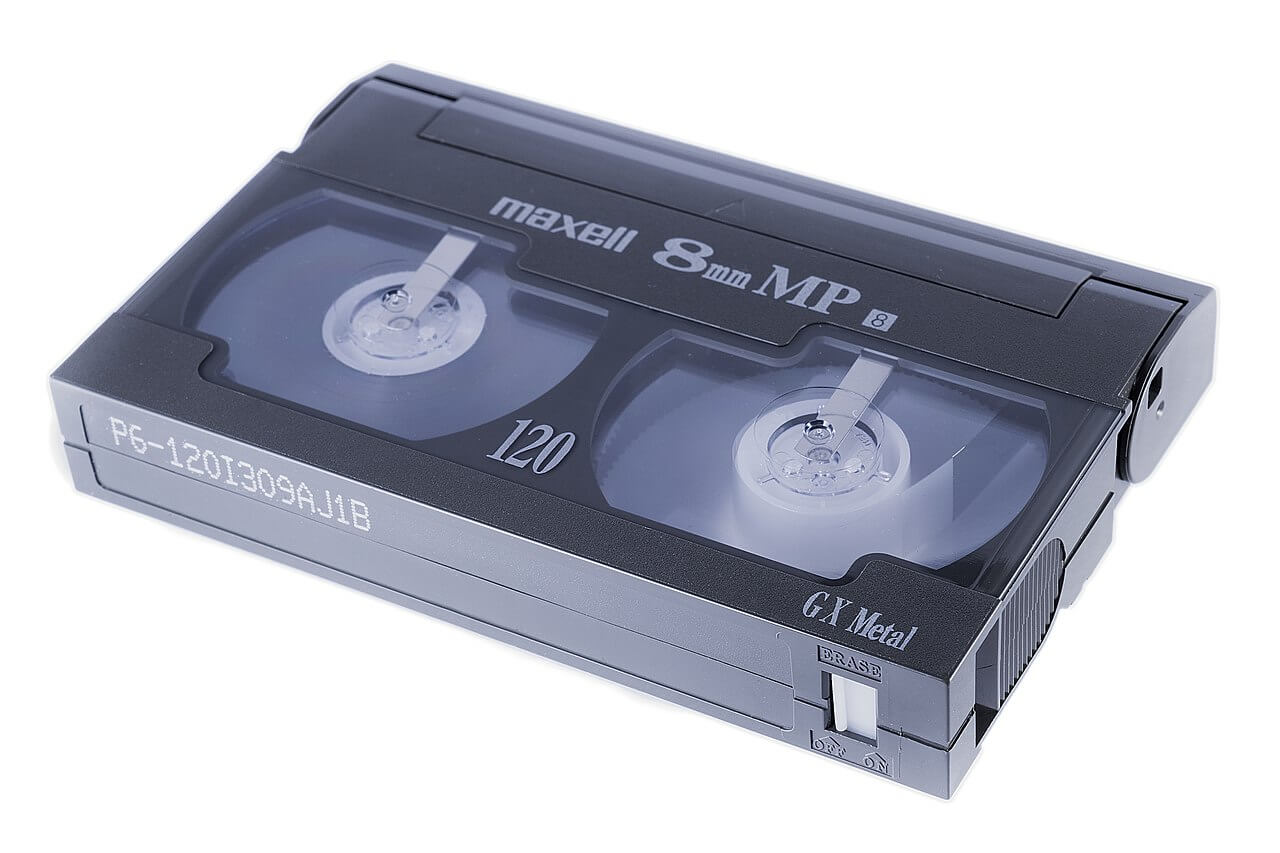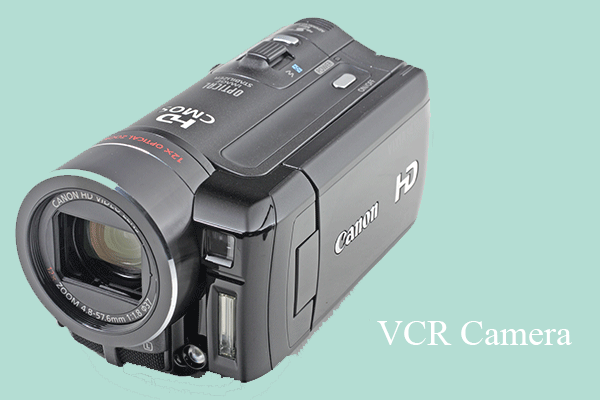In this article provided by MiniTool video recording app, we delve into the world of the 8mm video format, exploring its history, specifications, and its role in preserving memories.
What Format Is 8 mm Video?
The 8 mm video format, often referred to as simply “8mm,” is a nostalgic relic of the past that holds a special place in the history of home movies and amateur filmmaking. For those who grew up in the era before digital cameras and smartphones, 8mm was a significant part of capturing life’s precious moments on film.
The Birth of 8mm Video Format
The 8mm video format traces its origins back to the 1930s when Eastman Kodak Company introduced it as a more accessible alternative to 16mm video. The primary aim was to make filmmaking and home movie creation more affordable and user-friendly. This led to the birth of the 8mm format.

Specifications of 8mm video
The 8mm video format typically comes in two variations: standard 8mm and Super 8mm. Let’s take a closer look at both:
Standard 8mm
This format utilizes film stock that is 8mm wide and has sprocket holes on only one side. The frame size is roughly 4.5 mm x 3.3 mm, resulting in smaller, square-ish frames. Standard 8mm film is often referred to as “Regular 8.”
Super 8mm
Introduced in the 1960s, Super 8mm brought significant advancements to the format. The film stock is still 8mm wide, but it includes sprocket holes on both sides, allowing for a larger frame size, approximately 5.8 mm x 4.01 mm. Super 8mm offered better image quality and improved convenience, as it came in easy-to-load cartridges.
8mm Video Cameras
8 mm video cameras were specifically designed for shooting in this format. These cameras were popular among amateur filmmakers and home movie enthusiasts. They ranged from simple, hand-cranked models to more advanced, motor-driven options. The ease of use and accessibility of 8mm cameras made it a go-to choice for capturing personal moments.
The Role of 8mm in Preserving Memories
8mm film played a pivotal role in documenting personal and family histories. It was used to capture weddings, birthdays, vacations, and everyday life. Many of us have fond memories of watching these films on projectors in darkened living rooms, reliving moments that might otherwise have faded away.
The Digital Age and 8mm
With the advent of digital technology, the use of 8mm video declined significantly. However, the sentimental value of these old movies has not waned. Today, there are services and tools available for converting 8mm films to digital formats, allowing families to preserve and share their cherished memories with future generations.
Conclusion
The 8mm video format, whether in its standard or Super variant, holds a special place in the history of home movies. It offered an accessible and affordable means of capturing and preserving memories for generations to come. As we look back at this format, we’re reminded of the importance of preserving and sharing the past, even in the ever-evolving world of digital media. The 8 mm video format, while a relic of the past, will always be a cherished part of the collective memory of those who used it to capture their lives on film.



User Comments :